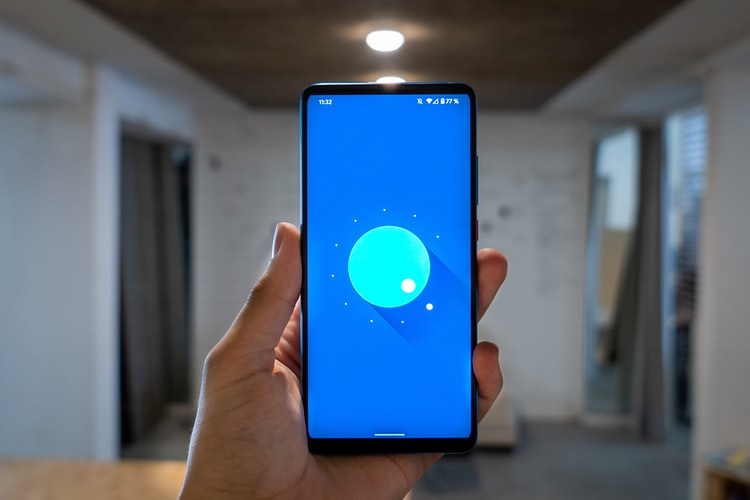Mobile phones have very minimal computing power. So, how to select best mobile image recognition model?
Preface
Normal ambiguities usually also outclass profound equations. Depth ambiguities are the most appropriate for mobile phones.
Contortions are effective. Because in face recognition work you get high quality.
Also, while computing costs are small. Thus, they can use to detect objects and translate virtual machines.
How To Select Best Mobile Image Recognition Model?
React is the best website web browser for creating a JavaScript app. Also, Reactive Digital legacy expands the structure of the module.
Moreover, to further build oriented Android and iOS software with pre-constructed design patterns. So, there includes graphics and touchscreen.
So, we can create to use mobile application coating material. Yet, Expo is a built-in interface and system.
Since it’s all about smartphones and global devices. Expo is a built-in interface and system.
Moreover, it’s all about smartphones and global formats. Since it enables us to design, create, and install phone iOS, Android apps.
Tensorflow Script Initiation
The JavaScript scripting engine software applications. Since we can use each scripting tool to create JavaScript.
TensorFlow.js for Interact Nativ is being announced. But, we can educate for modern data analysis and profound transfer methods.
Hence, this is for testing on portable apps we use classifier design. Also, for the visual studio, we use the Expo.
Thus, to build a smartphone software with several sites. Then we must use TensorFlow.js and a MobileNet variant of the based on the neural system.
Since this is for cell system picture recognition. Also, we create the following for this phone website on Mac.
To create an app template using Expo:
- Library installation
- Creation of React
- JSX web device script
- Compilation and operation
Installing Database
You have to load the relevant modules. So, this tool is for smartphone picture designation:
- @tensorflow is a framework JavaScript database for preparing and testing deep.
- learning design that accelerates the use of web-based resources.
- TensorFlow.js smart interface compatibility and endpoint.
- @react-native-community, asynchronous storage mechanism for visual studio.
Mobile Software Script Creation
I chose Expo CLI for sample displays, as mentioned before. Also, instead of immediately browsing windows.
Since I changed the monitors created and introduced a new object detection panel. So, I built three displays as a consequence:
- Track for Display
- Sensor for picture grading
- Check with links
Moreover, we can fill the base of the panel with three matching menus. So, the main emphasis is on the group of track designation.
Hence, the remaining segment now addresses the specifics of the application.
Preparing MobileNet Model and Camera Access
The lifecycle method does use to initialize TensorFlow.js. Next, you can load the pre-trained MobileNet model.
Last, get permission for accessing the camera on the mobile device. This is after the user interface of the image classification screen is ready.
Classifying Image
Since once an image has does choose on mobile devices. So, then the classifyImage() method is now called for image classification.
In this method, first, the fetch API for TensorFlow React Native does use. So, to load the selected image on a mobile device.
Then the method image sensor code does call. Thus, to convert the loaded raw image data into a 3D image sensor.
Hence, the prepared MobileNet model does call to take the 3D image tensor as input. Then generates the top 3 predictions with probabilities.


